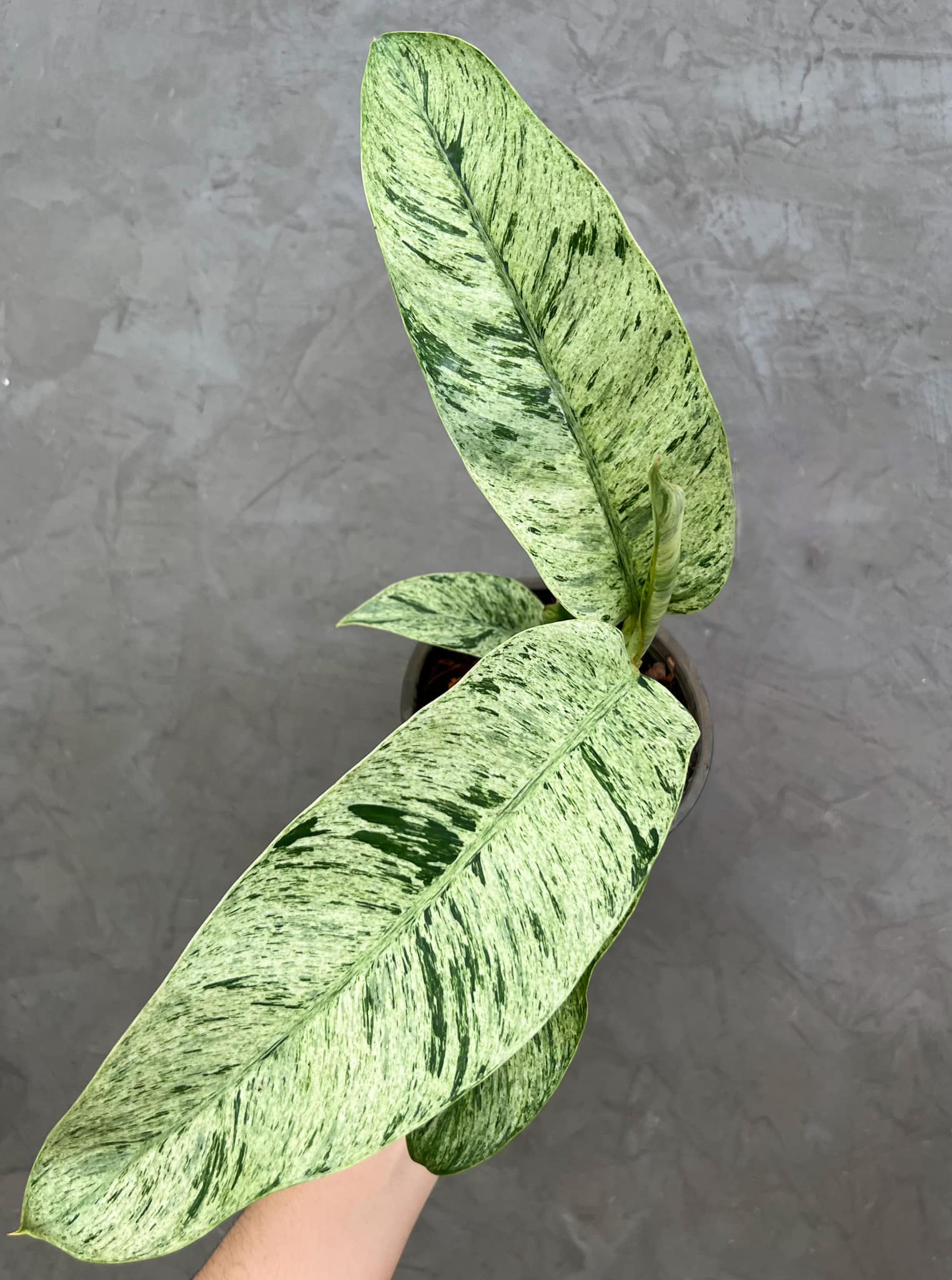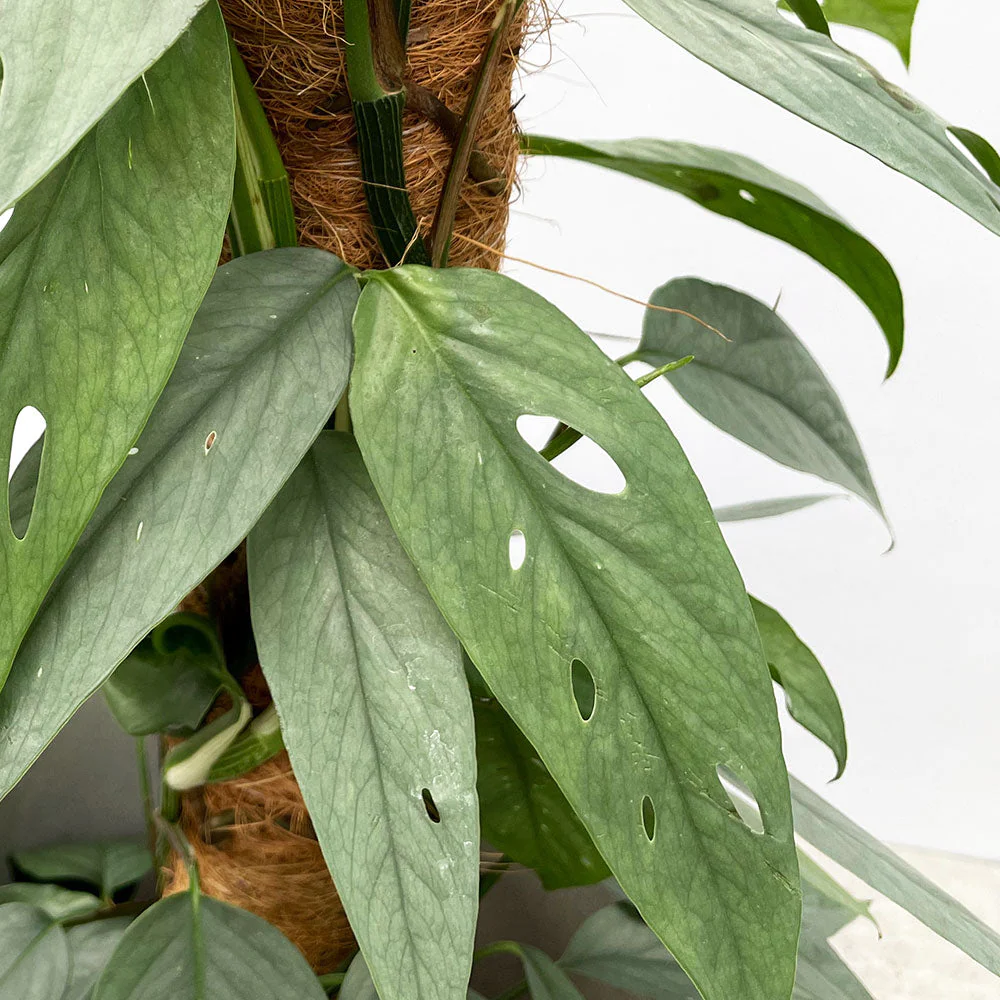The Epipremnum aureum, commonly known as Devil’s Ivy or Golden Pothos, is a popular houseplant known for its lush, trailing vines and ease of care. However, providing the right amount of water is key to keeping your Epipremnum healthy and helping it thrive. This article provides tips on how to properly water your Epipremnum.

Determining When to Water Your Epipremnum
Knowing when your Epipremnum needs water can be tricky. There are a few techniques you can use to assess if it’s time for a drink.
Check the Topsoil
The most straightforward way to check if your Epipremnum needs water is to insert your finger about an inch into the soil and feel for moisture.
- If the soil is dry and crumbly, it’s time to water your plant. The top inch of soil should feel lightly moist but not soggy wet.
- You can also use a wooden skewer, chopstick, or moisture probe. If it comes out dry, the plant likely needs water.
Observe the Leaves
Epipremnum leaves can also indicate when they are thirsty:
- Drooping or limp leaves usually mean the plant needs a drink. Healthy Epipremnum leaves stand upright.
- Wrinkled, shriveled leaves are another sign your plant is dehydrated and needs water right away.
- Yellow leaves can sometimes indicate under-watering, especially if the leaves feel limp and thin.
Using the foliage as visual cues along with checking the soil will give you the best sense of when to water.
Consider Environmental Factors
Your Epipremnum’s water needs can fluctuate depending on various environmental factors:
- During warm and sunny weather or when the heater runs frequently in the winter, your plant loses more moisture and needs more frequent watering.
- In cool or humid environments, the soil may take longer to dry out between waterings. Adjust accordingly.
- Breezy locations and drafts from fans, open doors, or windows can also accelerate moisture loss from the leaves. Check soil and foliage more often.
Pay attention to these factors and how they affect your plant. Increase frequency during warm, dry periods and reduce watering in cool, humid spots.

Watering Methods and Practices
When you determine it’s time to water your Epipremnum, follow these tips for best results:
Water Thoroughly
- Water your Epipremnum plant until water runs from the drainage holes at the bottom of the container. This ensures moisture penetrates deep into the soil.
- If your container lacks drainage holes, water just until it starts to come out the bottom, then dump out excess water so the plant’s roots don’t sit in soggy soil.
Use Room Temperature Water
- Room temperature water is best for Epipremnum. Cold water from the tap can shock the roots.
- Allow cold water to sit out and warm up before using it on your plant. Avoid extremely hot or cold water.
Water in the Morning
- It’s best to water Epipremnum in the morning before the day heats up. This gives moisture on the leaves time to dry, preventing possible fungal or bacterial leaf issues.
- If you must water at night, try to water early enough so moisture can evaporate from the foliage several hours before nightfall.
Let the Soil Dry Between Waterings
- Don’t water your Epipremnum again until the top inch of soil has had a chance to partially dry out. Constant soggy soil invites root rot.
- Epipremnum prefer their soil to dry out some between waterings. Test moisture levels to determine optimal watering frequency.
Be sure to adjust your watering practices according to seasonal changes and environmental factors too. Epipremnum kept as houseplants typically need more frequent watering compared to outdoor Epipremnum.
“Explore the Exceptional 2023 Epipremnum Variegata Collection: A Curated Selection of the Rarest and Most Unique Varieties Available.”

Signs of Overwatering and Underwatering
It’s important to find the right watering balance for your Epipremnum. Watch for these signs of overwatering or underwatering:
Symptoms of Overwatering
Too much moisture can cause several issues:
- Drooping, yellow leaves – Despite being overly wet, saturated roots struggle to take up water and nutrients, causing foliage to yellow and wilt.
- Brown leaf tips or edges – Excess moisture causes cells at the edges of leaves to die, turning brown.
- Mushy stems or leaf spots – Wet conditions lead to bacterial or fungal problems causing soft black decay on plant tissue.
- Strong musty odor – Excessively wet potting mix causes harmful anaerobic bacteria to thrive, creating a bad smell.
- Root rot – Wet soil lacks oxygen. Extended saturation slowly rots roots, stunting growth. Carefully wash off soil and inspect for brown, mushy roots if you suspect this issue.
Signs of Underwatering
Too little water also causes distress:
- Drooping or shriveled leaves – Dehydrated foliage sagging or curling inward indicates a plant desperately needing water.
- Yellow lower leaves – Older leaves near the base of stems often yellow and dry first when under-watered.
- Leaf drop – Severely dehydrated Epipremnum drops green leaves suddenly when it can no longer support them.
- Dry brown leaf tips – Lack of water causes cells at the ends of leaves to shrivel and die.
- Stunted growth – Extremely dry soil severely inhibits the plant’s ability to grow. Leaves remain small and sparse under drought conditions.
Catch underwatering early by regularly checking soil moisture levels before foliage shows distress. Severely damaged brown and yellow leaves won’t recover with watering but new healthy growth will resume once you increase hydration.
Water Quality Considerations
The quality and makeup of irrigation water can also affect your Epipremnum. Here’s what you need to know:
Use Pure Water When Possible
- Rainwater or distilled water is safest. Such sources lack salts, chlorine, fluoride, and heavy metals that can build up over time with regular watering.
- If relying on tap water, allow filled watering cans to sit out overnight before using. This allows time for chlorine and other chemicals to dissipate into the air.
Check if Water is Hard or Soft
- Hard water contains high concentrations of minerals like calcium and magnesium. These can leave white crusty deposits on pot rims and foliage.
- Consider rainwater, distilled or demineralized water if you suspect hard water issues. Or use distilled water to periodically flush built up mineral salts from the soil.
- Soft water with very low mineral content can also cause issues. Foliage may display yellowing between veins signaling nutritional deficiencies. Fertilize more often or consider a different water source if this occurs.
Getting the balance right when watering your Epipremnum is essential to prevent frustration and enjoyment of your plant. Pay close attention to soil moisture, leaf signals, seasons, and environment to guide your watering practices. Recognize signs of overwatering versus underwatering. And finally, give thought to the type of irrigation water you use for best possible results.
Conclusion
Caring for your Epipremnum doesn’t have to be complicated if you master the fundamentals of watering properly. Check soil moisture levels frequently, watch for foliage cues, and learn to recognize signs of too little or too much hydration. Adapt as seasons, environments, or other factors change. Finally, take water quality into consideration by using pure, rinsed water when possible. By closely observing your plant and fine-tuning your watering routine, you can help your Epipremnum thrive for years to come.
See more 10 Incredible Benefits of Epipremnum: Purify Air & Boost Wellbeing!

